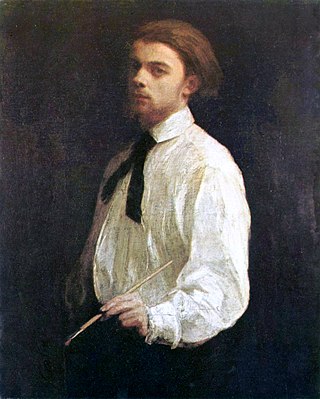
Henri Fantin-Latour was a French painter and lithographer best known for his flower paintings and group portraits of Parisian artists and writers.

Dorothea Lange was an American documentary photographer and photojournalist, best known for her Depression-era work for the Farm Security Administration (FSA). Lange's photographs influenced the development of documentary photography and humanized the consequences of the Great Depression.

Sono Osato was an American dancer and actress.
Bruce Yonemoto and Norman Yonemoto are two Los Angeles, California-based video/installation artists of Japanese American heritage.

Chiura Obata was a well-known Japanese-American artist and popular art teacher. A self-described "roughneck", Obata went to the United States in 1903, at age 17. After initially working as an illustrator and commercial decorator, he had a successful career as a painter, following a 1927 summer spent in the Sierra Nevada, and was a faculty member in the Art Department at the University of California, Berkeley, from 1932 to 1954, interrupted by World War II, when he spent a year in an internment camp. He nevertheless emerged as a leading figure in the Northern California art scene and as an influential educator, teaching at the University of California, Berkeley, for nearly twenty years and acting as founding director of the art school at the Topaz internment camp. After his retirement, he continued to paint and to lead group tours to Japan to see gardens and art.
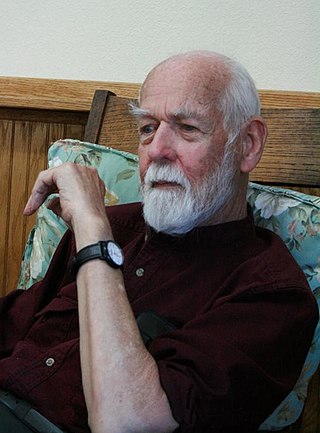
David Vestal was an American photographer of the New York school, a critic, and teacher.
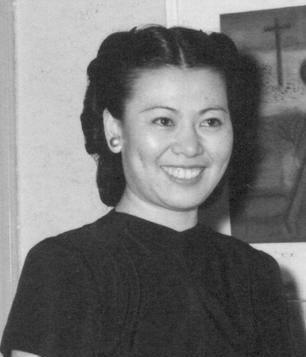
Miné Okubo was an American artist and writer. She is best known for her book Citizen 13660, a collection of 198 drawings and accompanying text chronicling her experiences in Japanese American internment camps during World War II.
Bertha Boynton Lum was an American artist known for helping popularize the Japanese and Chinese woodblock print outside of Asia.
Beverly Grigsby was an American composer, musicologist and electronic/computer music pioneer.

Janice Mirikitani was an American poet and activist who resided in the San Francisco Bay Area for most of her adult life. She managed the Glide Memorial Church with her husband, Cecil Williams. She was noted for serving as San Francisco's poet laureate from 2000 until 2002.

Peasant Character Studies is a series of works that Vincent van Gogh made between 1881 and 1885.
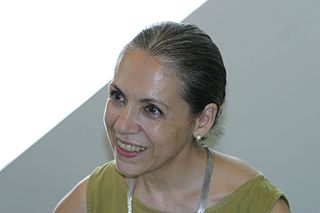
Lynn Theresa Garafola is an American dance historian, linguist, critic, curator, lecturer, and educator. A prominent researcher and writer with broad interests in the field of dance history, she is acknowledged as the leading expert on the Ballets Russes de Serge Diaghilev (1909–1929), the most influential company in twentieth-century theatrical dance.
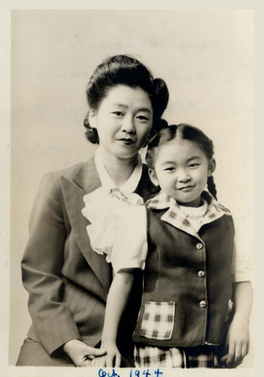
Mary Tsuruko Dakusaku Tsukamoto was a Japanese American educator, cultural historian, and civil rights activist. She had taught in the Elk Grove Unified School District in Sacramento, California, for 26 years, and was described as having a passion to teach children how to learn from experience. The daughter of Japanese parents, she was relocated to an internment camp at Jerome, Arkansas, after the United States entered World War II. She developed a program about the internment period that is part of the California state curriculum for fifth grade history and a California Museum of History tour exhibit. She worked for Japanese American civil liberties, and played a pivotal role in the grassroots effort that led to the Civil Liberties Act of 1988. She also worked with the Smithsonian Institution in Washington DC, where she developed an exhibit on internment for the Constitution's bicentennial. In March 2006, she was posthumously recognized as a National Women's History Month honoree.

Dody Weston Thompson was a 20th-century American photographer and chronicler of the history and craft of photography. She learned the art in 1947 and developed her own expression of “straight” or realistic photography, the style that emerged in Northern California in the 1930s. Dody worked closely with contemporary icons Edward Weston, Brett Weston and Ansel Adams during the late 1940s and through the 1950s, with additional collaboration with Brett Weston in the 1980s.

Clara Estelle Breed was an American librarian remembered chiefly for her support for Japanese American children during World War II. After the attack on Pearl Harbor on December 7, 1941, many residents of California who were of Japanese descent were moved to remote Japanese American internment camps where they stayed until the end of the war. Breed kept in communication with many of the children who were sent to the camps, sending reading materials and visiting them regularly.

Hisako Shimizu Hibi (1907–1991) was a Japanese-born American Issei painter and printmaker. Hibi attended the California School of Fine Arts in San Francisco, California where she garnered experience and recognition in the fine arts and community art-exhibition. Here, she met her husband George Matsusaburo Hibi, with whom she raised two children, Satoshi "Tommy" Hibi and Ibuki Hibi.
Wendy Maruyama is an American visual artist, furniture maker, and educator from California. She was born in La Junta, Colorado.

Suzanne Jackson is an American visual artist, gallery owner, poet, dancer, educator, and set designer; with a career spanning five decades. Her work has been exhibited in museums and galleries around the world. Since the late 1960s, Jackson has dedicated her life to studio art with additional participation in theatre, teaching, arts administration, community life, and social activism. Jackson's oeuvre includes poetry, dance, theater, costume design, paintings, prints, and drawings.
Carol Armstrong is an American professor, art historian, art critic, and photographer. Armstrong teaches and writes about 19th-century French art, the history of photography, the history and practice of art criticism, feminist theory and women and gender representation in visual culture.













